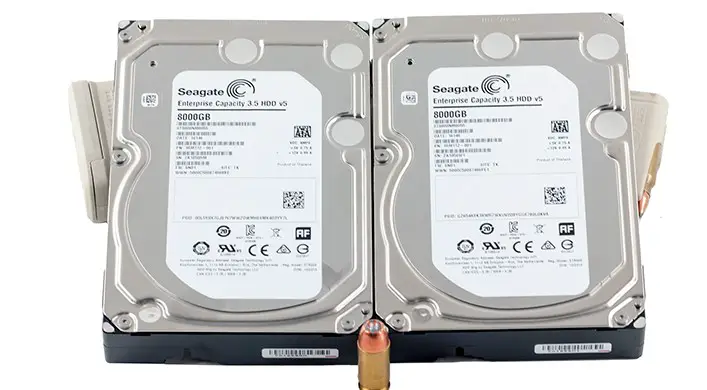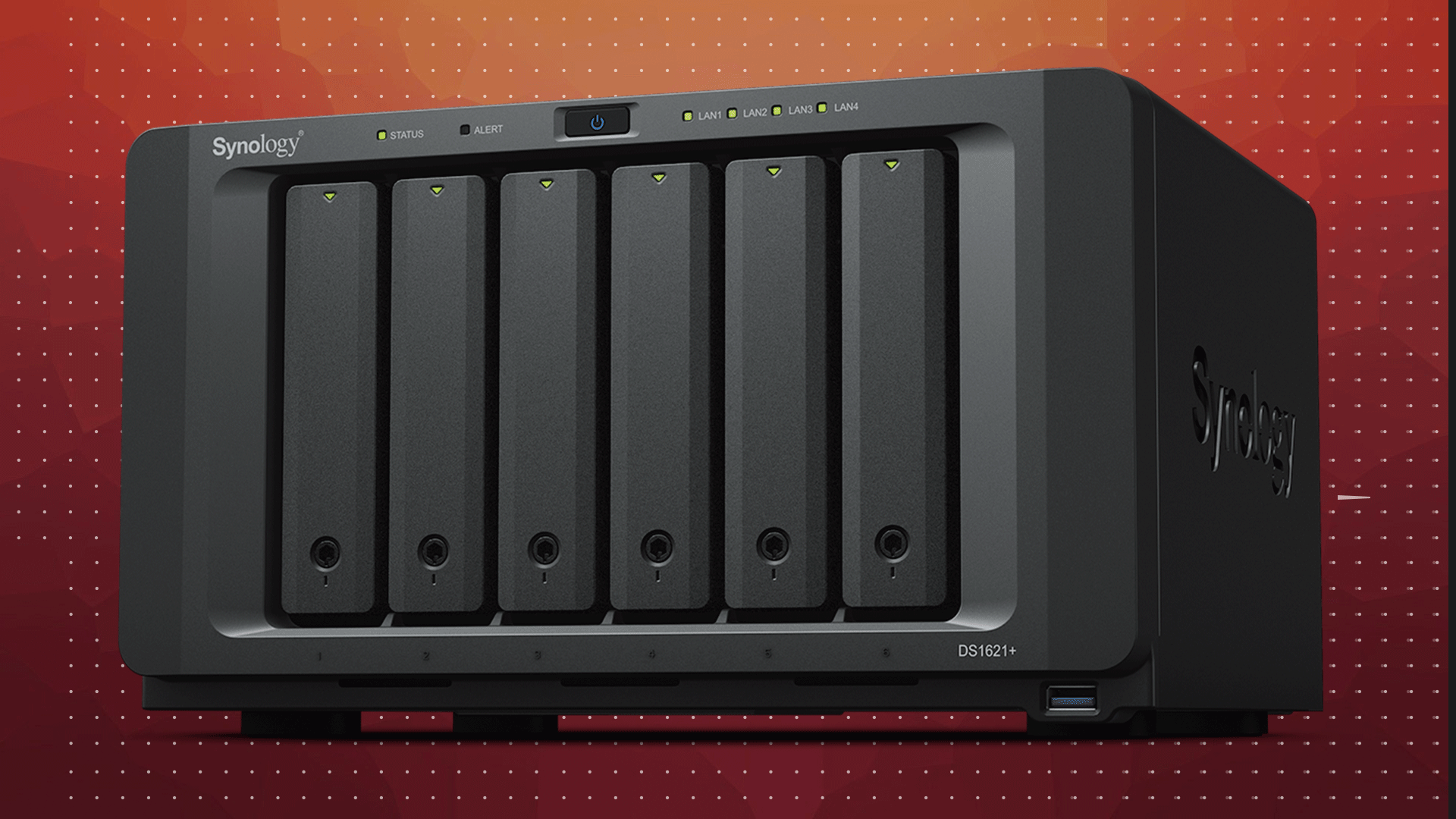In an effort to make sorting through all the results as easy as possible we have combined the results all of all the test results into an easy to digest summary format. By comparing the Seagate Enterprise Capacity 3.5″ v5 8TB to similar products in all the various tests you will be able to easily find the result(s) you are interested in, see the improvement and decide if the Seagate Enterprise Capacity 3.5″ v5 8TB is worth the investment.
Performance: 39 out of 40.
This drive redefines what ‘fast’ is when dealing with Hard Disk Drives and the only way for the average consumer to get better performance is to step to SSD – and even then the differences are not all that extreme outside of application and OS load times.
Technological Innovation: 19 out of 20
This drive is choke full of innovative features its actually hard to list them all. Everything from improved caching algorithms, to its ability to safely use six platters, to 1.25TB per platter aerial density, this drive series is simply filled to capacity with innovation.
Build Quality & Warranty: 19 out of 20
With a five-year warranty backstopping a drive that is built to such high standards we have almost no concerns on the build quality or warranty fronts. The only possible issue is one of perception – as losing 8TB of data in one failure is a rather scary thought. However, Seagate has done all they can to make such a loss highly unlikely.
Value: 16 out of 20
Yes the new EC 3.5 v5 series is rather expensive. Yes, two of them costs as much as an entry level system. However, this series is so robust, so fast, and so massive that even with such a high asking price the overall value is actually pretty darn good. Not ‘great’ – but very decent all things considered.
Final Score: 93 out of 100
TL;DR
As you can see Seagate has made massive strides in just one generation. Yes, we are sure it took a lot of time, effort and money to develop a non-exotic gas based 6 platter design, that was capable of offering 8 Terabytes of capacity – but that effort it does pay dividends. Thanks to this 25% increase in aerial density this next generation drive actually makes the competition look downright slow in comparison.












